







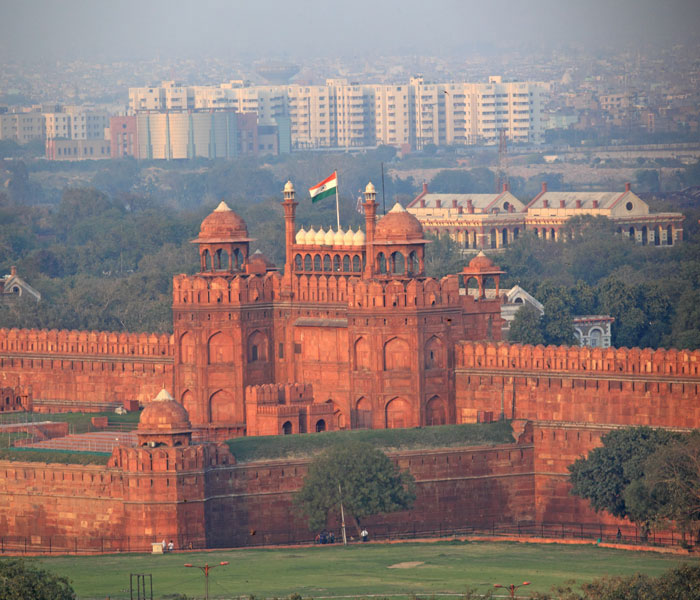
The Red sandstone walls of the massive Red Fort (Lal Qila) rise 33-m above the clamour of Old Delhi as a reminder of the magnificent power and pomp of the Mughal emperors. The walls, built in 1638, were designed to keep out invaders, now they mainly keep out the noise and confusion of the city. The main gate, Lahore Gate, is one of the emotional and symbolic focal points of the modern Indian nation and attracts a major crowd on each Independence Day.
Situated in the heart of the city, the India Gate is one of the most popular and well-known monuments in India. It was designed by Edwin Lutyens, with its foundation laid in the year 1920. The 42 mts. high war memorial was unveiled in the year 1933 and is a tribute to the 70,000 British soldiers who lost their lives in various battles. Among the martyrs of World War I, the names of 13,500 soldiers are inscribed on the walls of this structure. Post independence, the India Gate became a site of 'Amar Jawan Jyoti' - Indian Army's Tomb of the Unknown Soldier. The running fountains and well-manicured lawns around the memorial make it a breathtaking place for a picnic as well as a family outing.
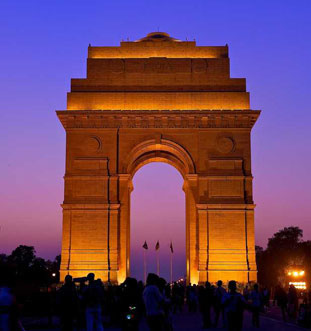
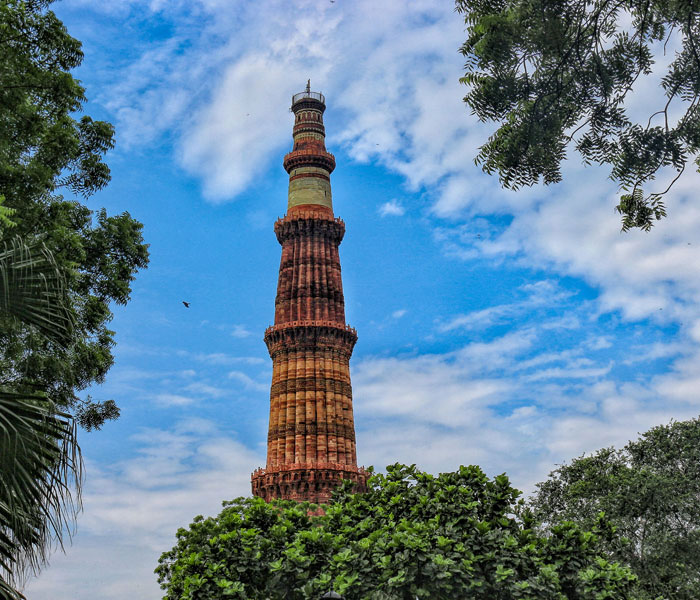
Qutb-Minar in red and buff standstone is the highest tower in India. It has a diameter of 14.32 m at the base and about 2.75 m on the top with a height of 72.5 m. Qutbu'd-Din Aibak laid the foundation of Minar in AD 1199 for the use of the mu'azzin (crier) to give calls for prayer and raised the first storey, to which were added three more storeys by his successor and son-in-law, Shamsu'd-Din Iltutmish (AD 1211-36). All the storeys are surrounded by a projected balcony encircling the minar and supported by stone brackets, which are decorated with honey-comb design, more conspicuously in the first storey.
Jantar Mantar (Yantra - instruments, mantra - formulae) was constructed in 1724. Maharaja Jai Singh of Jaipur who built this observatory went on to build other observatories in Ujjain, Varanasi and Mathura. Jai Singh had found the existing astronomical instruments too small to take correct measurements and so he built these larger and more accurate instruments
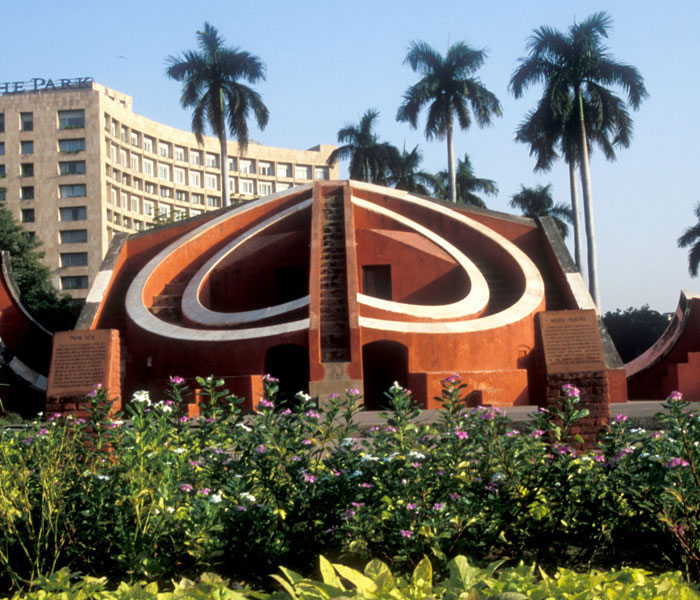
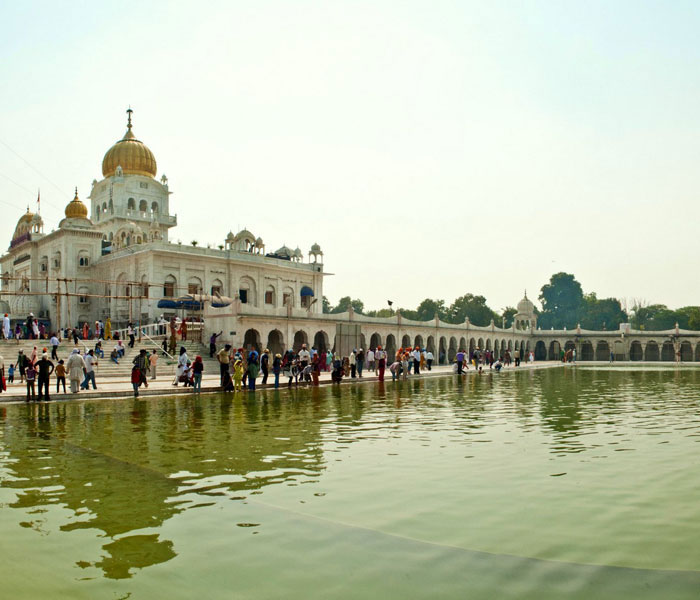
Gurdwara Bangla Sahib is one of the most prominent Sikh gurdwaras, or Sikh house of worship, in Delhi, India, and known for its association with the eighth Sikh Guru, Guru Har Krishan, as well as the holy pond inside its complex, known as the "Sarovar." It was rebuilt as a small shrine by Sikh General Sardar Baghel Singh in 1783. In the same year, there was reconstruction of nine Sikh shrines in Delhi. There were attempts of occupancy by Raja Jai Singh of Amer, during the reign of Mughal Emperor, Shah Alam II. It is situated near Connaught Place, New Delhi on Baba Kharak Singh Marg and it is instantly recognisable by its golden dome and tall flagpole.
Laxmi Narayan Temple, also known as Birla Mandir, is one of Delhi's major temples and a major tourist attraction. Built by the industrialst Sh. J.K. Birla in 1939, this beautiful temple is located in the west of Connaught Place. Birla MandirThe temple is dedicated to Laxmi (the goddess of prosperity) and Narayana (The preserver). The temple was inaugurated by Mahatma Gandhi on the condition that people of all castes will be allowed to enter the temple.
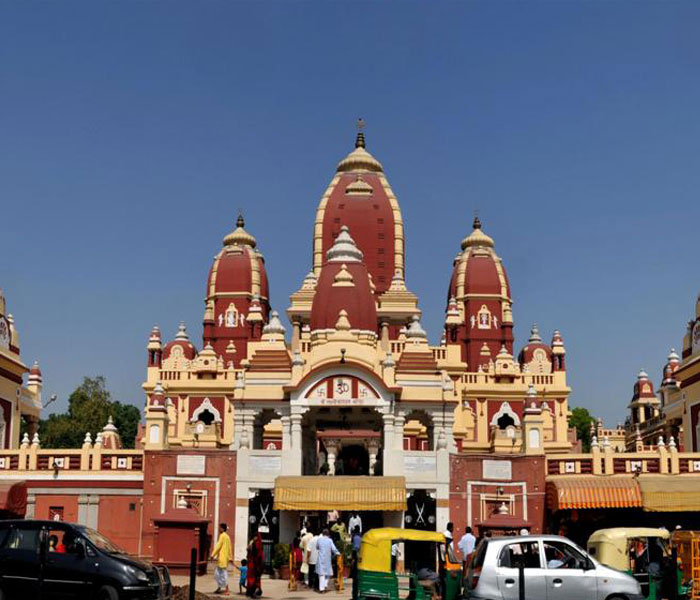
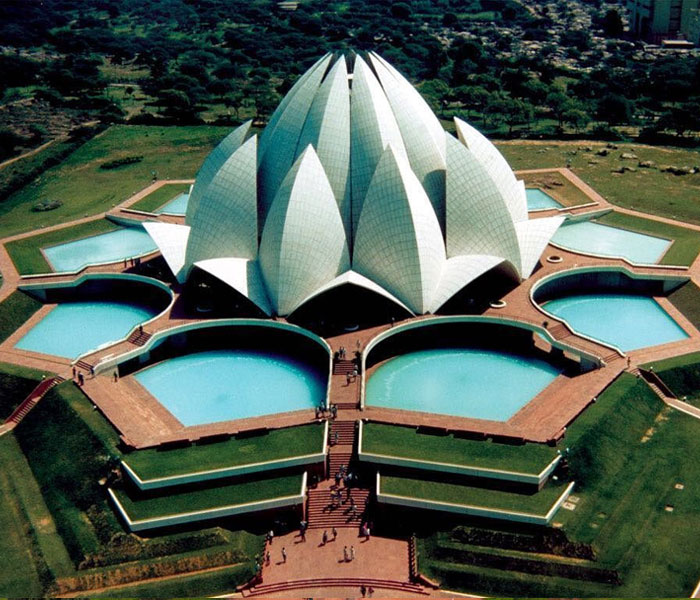
Architectural marvel of peace which is shaped like a blooming lotus with 27 marble petals, this Bahá'í House of Worship welcomes all faiths. Its serene atmosphere and stunning architecture attracts millions seeking spiritual solace.
The Humayun's Tomb is a UNESCO World Heritage Site in Delhi Built for Mughal Emperor Humayun in the year 1570, itis the first grand dynastic garden mausoleum of the subcontinent. The tomb was constructed on the banks of the Yamuna river near the Nizamuddin Dargah. Spread across an area of 30 acres, it offers a panoramic view of the majestic Char Bagh - a Persian style garden with pools connected to intersecting water channel pathways. The unique octagonal shape of the monument makes it one of the finest examples of Mughal architecture. One of the best ways to reach this site is by availing the Delhi sightseeing tour service that also covers other famous locations like the Bahai Temple, Red Fort, Qutub Minar, etc.
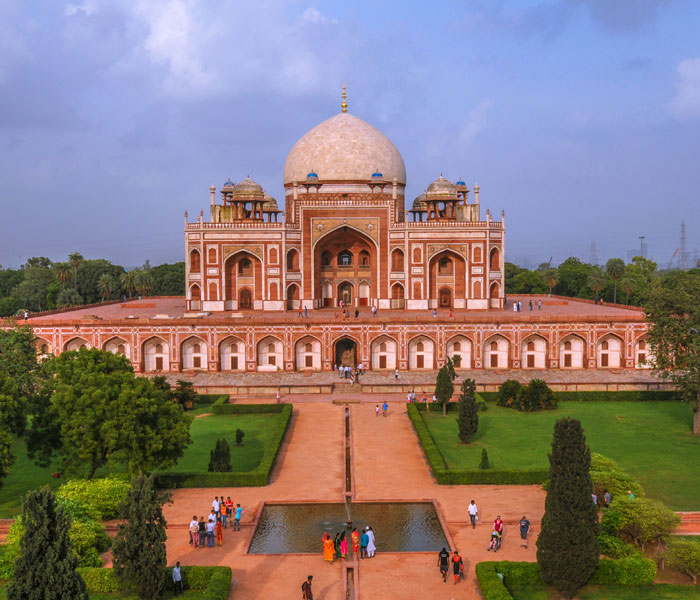
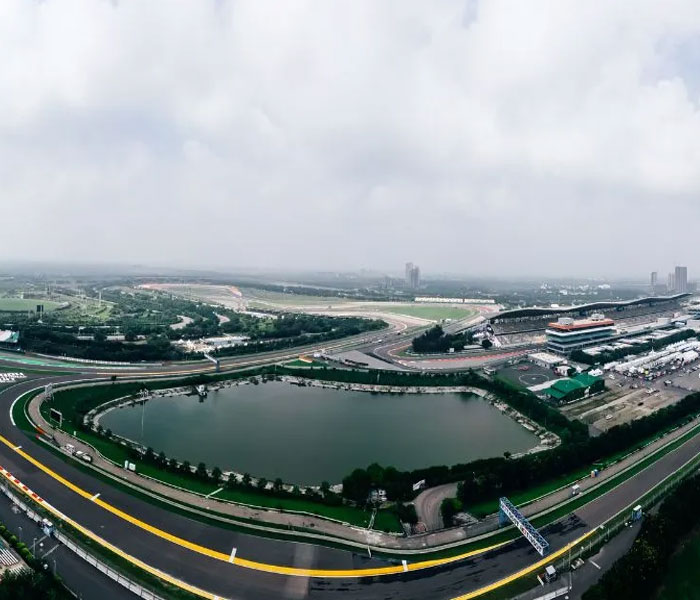
Formula 1 racing track on Yamuna Expressway, India's premier motorsport venue hosts national and international racing events. This massive 5.14 km circuit features state-of-the-art facilities and thrilling track experiences for racing enthusiasts.
The wetland paradise is home to over eighty bird species. The sanctuary along Yamuna River offers peaceful retreats for nature lovers and birdwatching enthusiasts seeking urban wildlife experiences

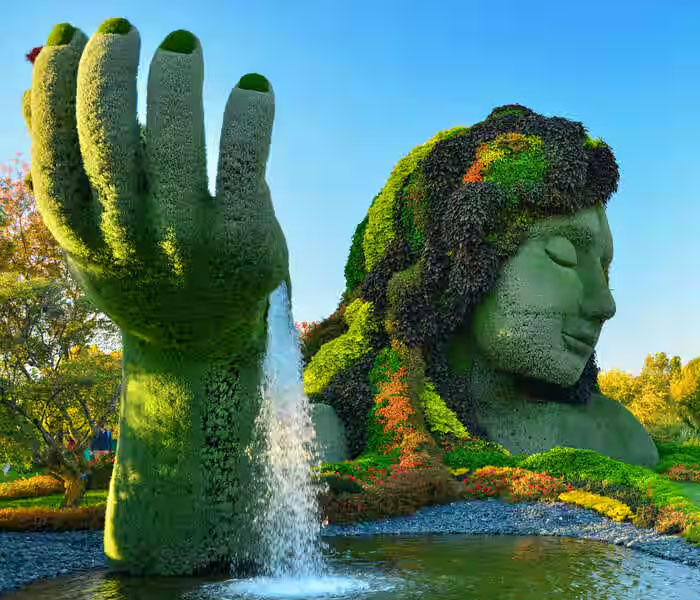
The biodiversity haven spread over several acres is India's largest urban botanical park, featuring thousands of old trees, ornamental plants, 5km cycling tracks, walking trails, and peaceful water bodies for nature enthusiasts.
Italian-themed shopping paradise provides a Venice like experience in Greater Noida. There are gondola rides, luxury retail stores, food courts, and entertainment zones. This architectural marvel combines shopping with unique cultural experiences.
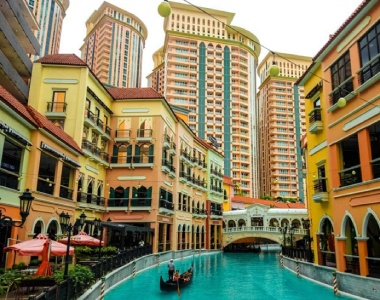
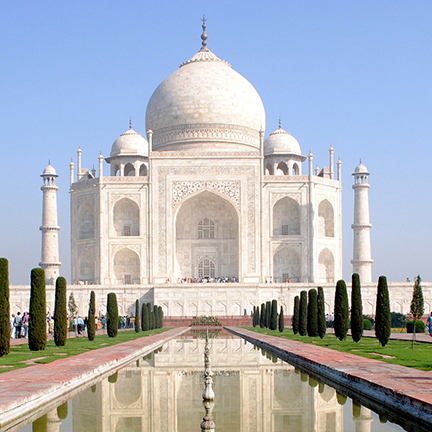
Agra (2.5 hours) - Taj Mahal, the 7th Wonder of the World and Shah Jahan's eternal love monument is set in pristine white marble which changes its hues with sunlight. This UNESCO World Heritage masterpiece showcases perfect symmetry, intricate inlay work, and the world's most romantic architectural story.
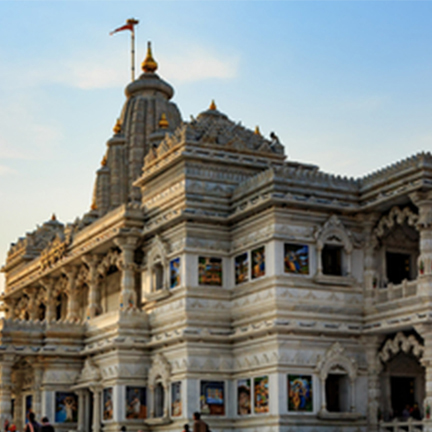
Mathura-Vrindavan (2 hours) – Lord Krishna's sacred land, his birthplace and childhood home resonate with devotional chants and colorful festivities. Ancient temples, ghats along Yamuna River, and year-round celebrations make the city India's spiritual heart.
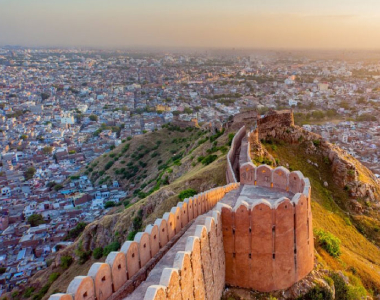
Jaipur (4.5 hours) - Pink City's royal palaces in Rajasthan's vibrant capital dazzle with terracotta-pink buildings, majestic City Palace, and the intricate Hawa Mahal. This UNESCO World Heritage city blends royal heritage with bustling bazaars selling textiles, gems, and handicrafts.